
Among patients with treatment-resistant MDD, transcranial magnetic stimulation wins the popular vote.

Among patients with treatment-resistant MDD, transcranial magnetic stimulation wins the popular vote.
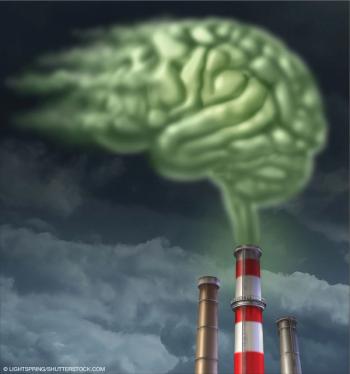
A report on the psychiatric effects of environmental and chemical toxins.

When ADHD is present, a survey of possible lead exposure can be considered, and here's why.

On the association between symptoms of autism spectrum disorder with environmental toxin exposure.
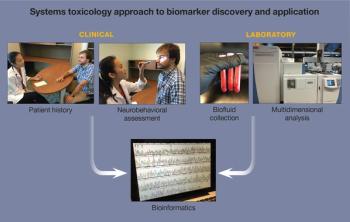
Recent research in neurotoxicology has underscored the importance of chemical exposures as facilitators of neurological dysfunction.
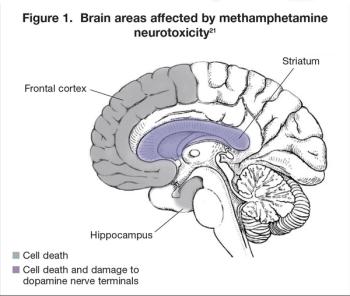
Here: devastating short- and long-term behavioral and physiological effects of methamphetamine neurotoxicity and the implications for treatment.
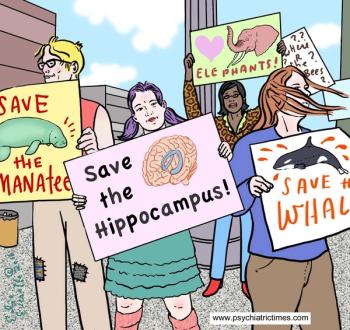
Is the hippo [campus] an endangered species?

Unrelenting belief in the goodness of humankind while confronting an uncommon disease.

Details of a randomized trial of an alpha-7 nicotinic receptor agonist in schizophrenia.
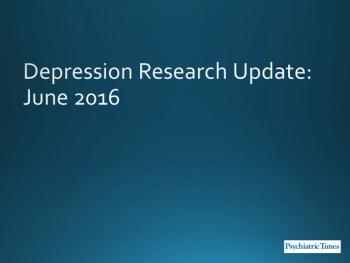
Three new studies focus on risk factors for the development of depressive disorders.
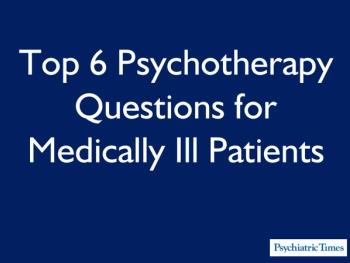
A brief psychosocial tool that offers compassionate, tailored care using existential neuroscience, a new perspective for conducting bedside psychotherapy.
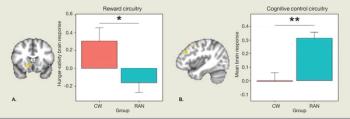
New insights into neural pathways that play a role in anorexia nervosa, bulimia nervosa, and binge eating disorder.
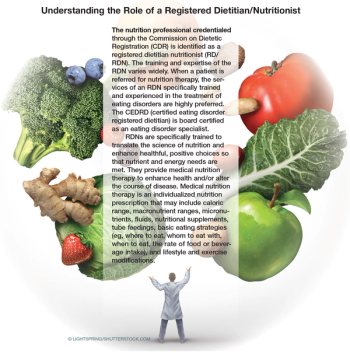
Eating disorders are second only to substance-abuse disorders in having the highest mental illness mortality rate. How do we assist the patient in moving forward?

With aging, a multitude of medical conditions can occur and/or existing conditions can be exacerbated, contributing causally to or amplifying neuropsychiatric comorbidities.
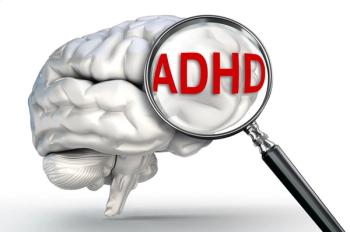
This nondrug intervention may enhance cognition in children with ADHD.
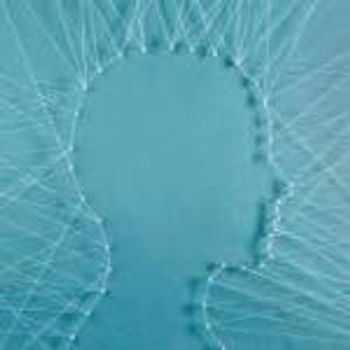
There is more to BPD than meets the eye. A complex interaction exists between environmental, anatomical, functional, genetic, and epigenetic factors.

A quick guide to common neurodevelopmental conditions and their associated late-life neuropsychiatric manifestations.
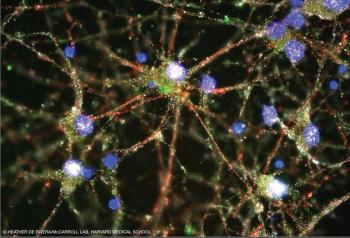
The identification of a genetic risk factor has shed light on the underlying neurobiology of the disorder.
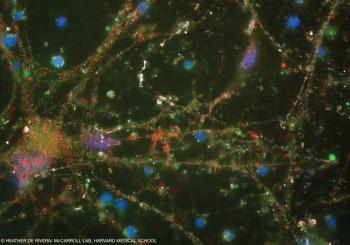
Groundbreaking work by a Harvard team represents a bold step in our journey toward understanding schizophrenia.
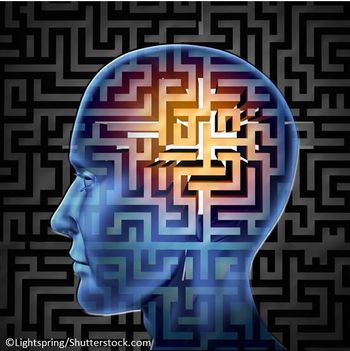
ECT has been an acute intervention for patients with severe resistant MDD, but what is its effect on brain volume?

A Q&A on the emerging field of positive psychiatry.
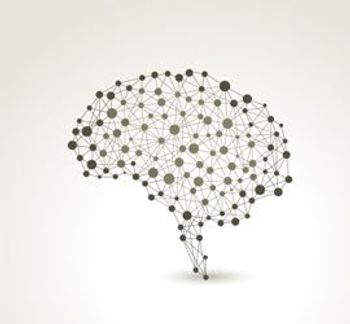
Brain-based biomarkers identify more biologically homogeneous categories of psychosis than do clinical diagnoses.

Neuroinflammation may be a culprit in the development of psychosis. What are the clinical implications?

The author scrutinizes the results of a new pilot study that finds the Fisher Wallace Stimulator® effective in treating bipolar depression.

Researchers looked into the efficacy and value of TMS for treatment-resistant depression.